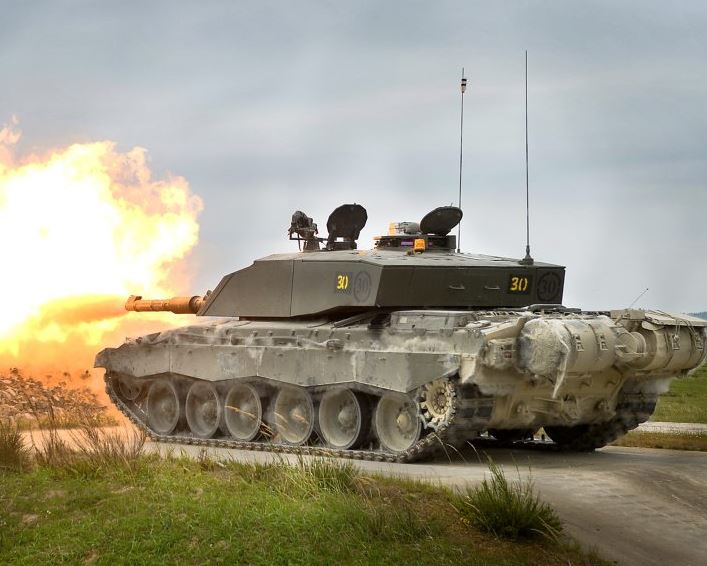
UK university cyberattacks have doubled in the last two years alone, with hackers found to be focusing on critical information connected to national security.
Areas including research pertaining to missiles, scientific developments and medical advances are among the areas that cyber adversaries have shown an acute interest in.
This information was brought to light by The Times, having approached UK universities with freedom of information requests.
Within these findings, three top universities in the UK and indeed the world, Oxford, Warwick and UCL, were hit by 1,152 in 2016-2017. This statistic marks a doubling of attacks in just the past two years, uncovering an urgent need for universities to ensure protection of information must remain in secrecy.
The frightening revelation that hackers are pinpointing areas including missiles is accompanied also by the discovery that the development of stealth technology for military vehicles has also been targeted.

These university cyberattacks are made all the more concerning in light of the conversation surrounding the prevalence of nation state cyber activity.
Paul Cant, VP EMEA, BMC Software said: “With the number of cyber-attacks on our universities known to have nearly doubled in the past two years, and, in this case, the data that some of them harbour being of critical importance to our national security, watertight digital defences are more essential than ever.”
READ MORE: SCADA cyber attacks: Eugene Kaspersky warns of global blackout
With the governments and major organisations of the world all beginning to take cybersecurity seriously, it is especially important that universities handling national security related information seek out robust cyber defence.
“Across both the public and private sector, the threat from hackers is constantly on the rise. And, as prime sources of intelligence and information gathering, this data indicates the desperate need for far greater investment to be ploughed into the cyber defences of our educational institutions… SecOps teams must also ensure they do not buckle under the pressure to patch known vulnerabilities, fortify any barriers to sensitive information, identify any threats, and prevent them from reaching crisis point before it’s too late,” said Cant.






